Gottard road tunnel, 2nd tube
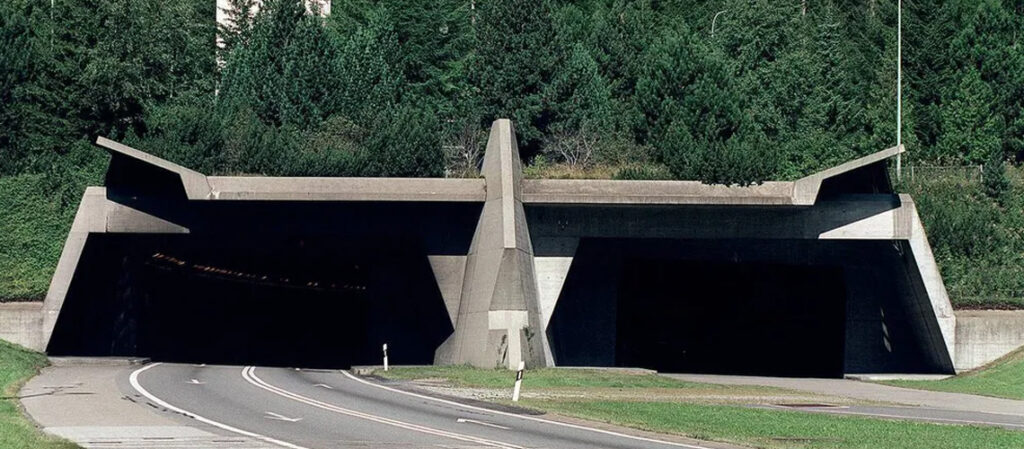
The first Gotthard road tunnel with a length of 17km has been in operation as a national road link between north Switzerland to the south, the canton of Ticino, since 1980. In order to ensure the functionality and safety of this important transport axis through the Alps, the first tube needs to be extensively repaired, […]
Konsko Dam
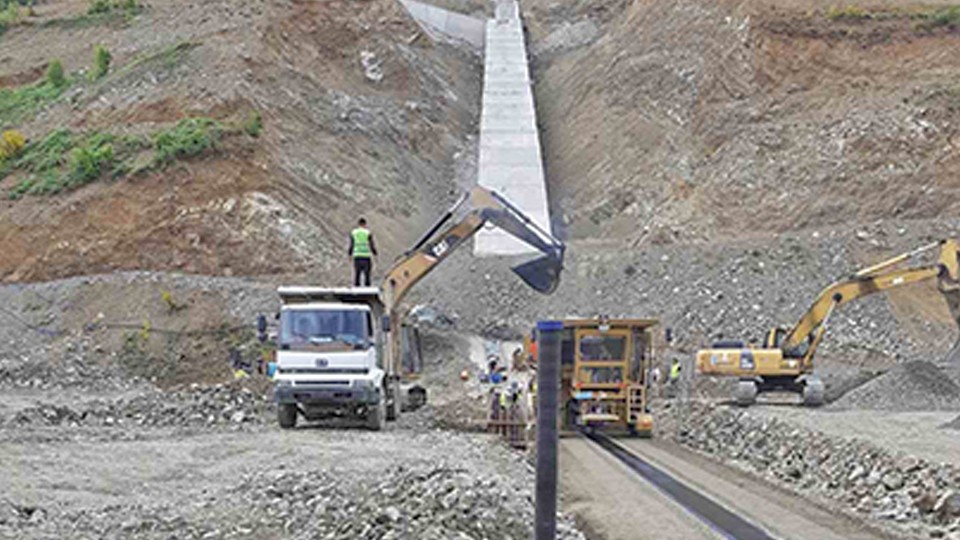
The dam is located close to the border between North Macedonia and Greece. It’s an embankment rock-fill dam with a central asphalt-concrete core as watertight element. The dam will be 80 m height, the cross section on top will be 340 m long, with a total embankment volume is approx. 1.4 m3 The main purpose […]
Grand Paris Express
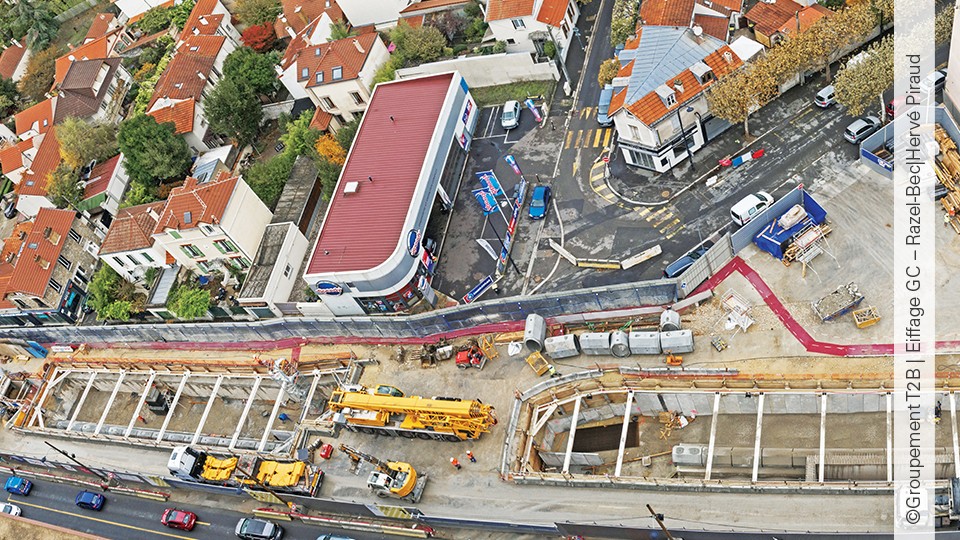
The Grand Paris Express is the largest urban project in Europe with the construction of 200 km of automatic lines, as much as the current metro, and 68 stations. The four new lines of the Grand Paris Express (15, 16, 17 and 18), as well as the line 14 extended to the north and south, […]
Urban Tunnelling: Hakata station of the Fukuoka city subway – Japan
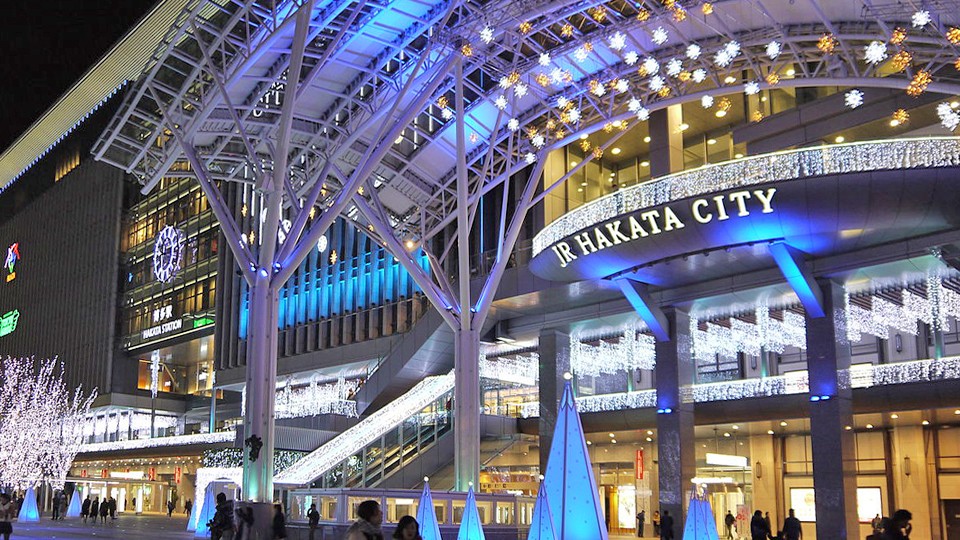
For the tunnel excavation of the Hakata station of the Fukuoka city subway in Japan partial excavation was carried out. A road with heavy traffic and different structures , as subground car park, gas pipelines, important sewers, are situated above the tunnel construction. Taking into account constraints as shallow overburden and unconsolidated ground above the […]
BH-Profile in-place Inclinometers
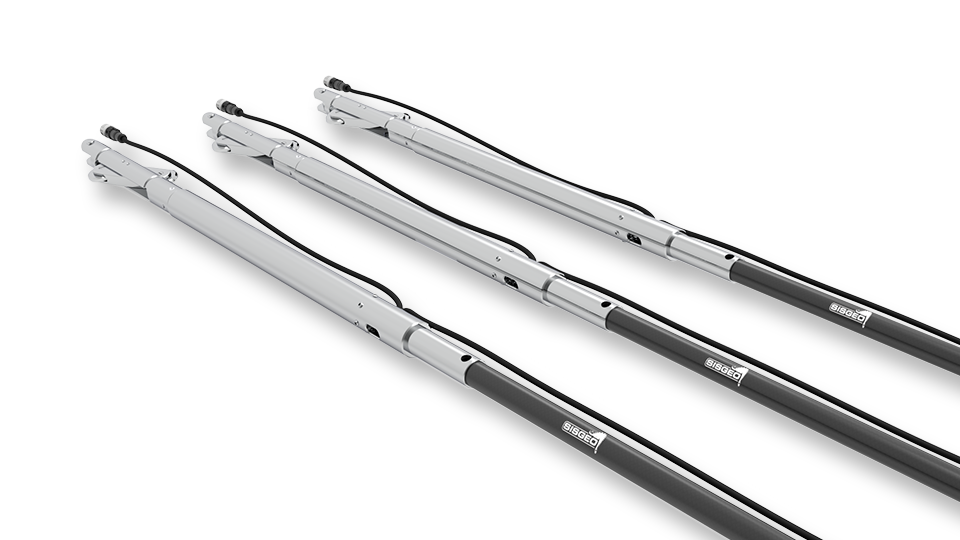
Codes der Referenzprodukte: S431HD, S432HD, S431HA, S432HA Borehole profile in-place inclinometers offer continuous remote monitoring of casings deformed by active soil movements. BH-Profile chain consists of a number of MEMS IPI probes with carbon fiber extension rods and a terminal wheel assembly to close the chain. Thanks to the digital RS-485 signal output, they can […]
Rome Underground – Line C – Italy
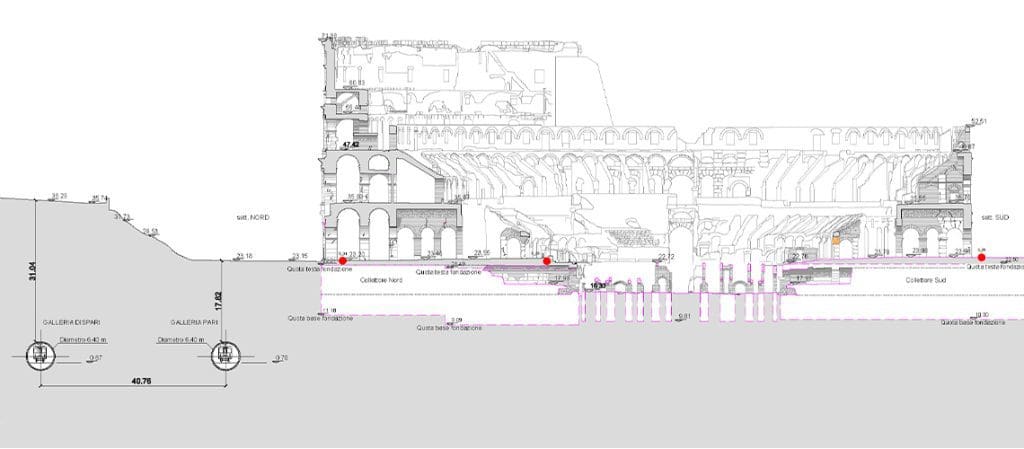
Rome metro Line C runs through the city from North-West (Della Vittoria district) to the eastern suburb and is extending beyond the Grande Raccordo Anulare.Line C has a full-run of 25,6 km and 30 stations, passing through the old town centre.The Route will be characterised by the green colour. The interchanges with the other metro […]
Arosa Schafisgade project – new touristic resort – Switzerland
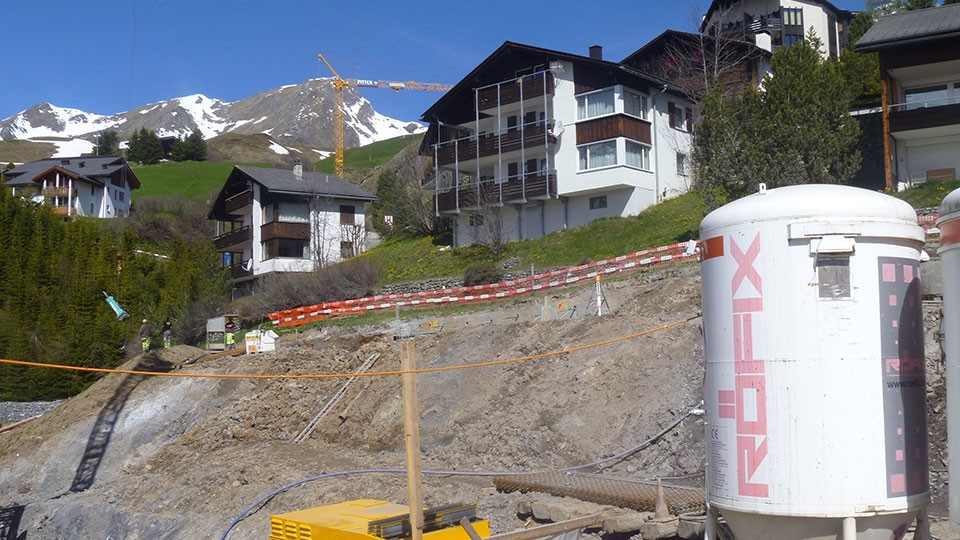
The Arosa Schafisgade project includes construction of three houses with each six luxury apartments. The houses are located in a potential unstable slope. During excavation work adjacent houses above the new built ones had to be monitored geodetically. Between the new excavation and the existing houses borehole inclinometers had been drilled and monitored to detect […]
FAQ#116 – How do I configure a WR-Log digital node to read RS485 Sisgeo TIMED sensors?
Sisgeo digital instruments can operate in two powering modes: TIMED or ALWAYS-ON (for more information see F.A.Q.#094).A string of mixed instruments consisting of TIMED gauges and ALWAYS-ON gauges cannot work.The first thing to do is therefore to check that ALL connected instruments in your array are set to TIMED mode.You can check the powering mode […]
FAQ#095 – How long does a chain of digital sensors take to be read?
It mainly depends from the powering mode of the gauges (refer to FAQ#094 for the description of the powering modes). AN EXAMPLE WILL BETTER CLARIFY THE ANSWER. In a batch of 240 gauges, unless otherwise requested by the Customer, the addresses are settled from #001 up to #240. In a borehole is installed a chain of 30 […]
FAQ#094 – Which are the available powering modes for SISGEO digital sensors?
All SISGEO digital gauges can be settled in two different powering mode: The STANDARD powering mode is ALWAYS ON, so unless otherwise requested by the Customer, the sensors are settled as default in ALWAYS ON.
FAQ#087 – Could the IPI, BH Profile and DEX probes have problems in frozen water?
Sisgeo suggest that frozen water within the inclinometer casings is to be avoided due to following reasons: – Ice within the casing will affect functionality of the systems by blocking the individual probes;– Mechanical damages can occur to the probes, but also to the inclinometer casing due to the expansion of frozen water In any […]
FAQ#076 – Why it is necessary add a termination resistor to the last digitized sensor of each RS-485 chain?
All SISGEO digitized instruments (IPIs, Tiltmeters, H-Level…) use the RS-485 serial communication protocol The RS485 protocol contemplate a termination resistor. The recommended chain connection is point-to-point (multidropped) nodes as a bus mode (line). Star, ring or multiply network connection are not recommended. SISGEO dataloggers has already a termination resistor assembled (typically 120Ω). On the opposite […]








